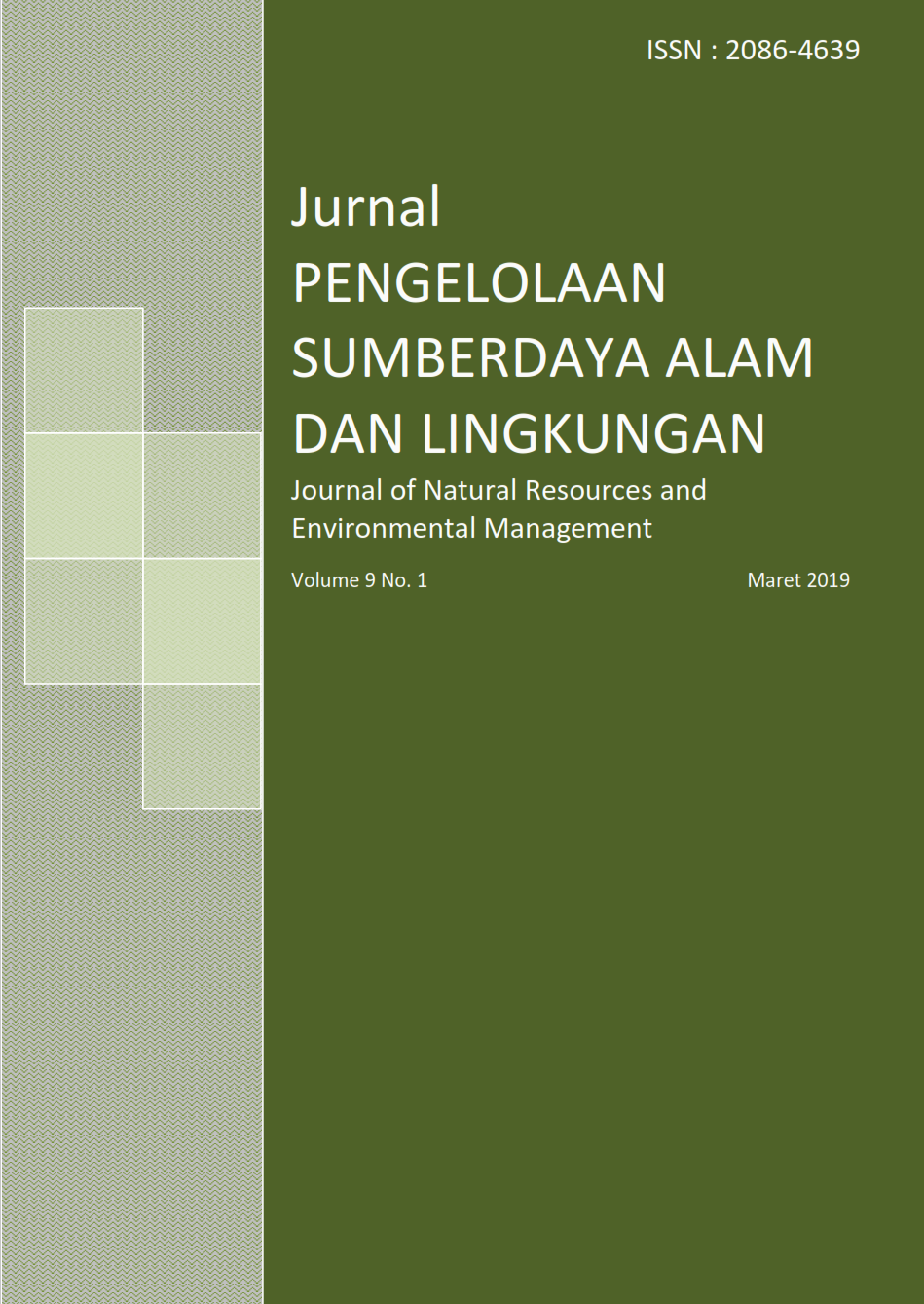PERKEMBANGAN POPULASI JALAK PUTIH (Sturnus melanopterus Daudin 1800) DI TAMAN NASIONAL BALI BARAT
Abstract
Black-winged starling (Sturnus melanopterus Daudin 1800) has spread across West Bali National Park (WBNP). There are three subspecies of black-winged starling; Sturnus melanopterus tertius is distributed in the area of Bali, Sturnus melanopterus tricolor is distributed in East Java, and Sturnus melanopterus melanopterus is distributed in East Java and Madura. Status of black-winged starling was Critically Endangered in 2010. Therefore, this study aimed to (1) analyze the populations (numbers, sex ratio, and age structure) and analyze habitats of black-winged starling in West Bali National Park. Bird population was estimated by transect and concentration count method and black-winged starling habitat condition was identified using vegetation analysis. The result showed that the estimation of black-winged starling population were 35 individuals, sex ratio was 1:1, and all individuals were adults. The habitat which often used by black-winged starling was savanna as feeding area, drinking area, shelter area, and cover area.
Keywords: black-winged starling, Bali barat, habitat, population
Authors
Authors who publish with this journal agree to the following terms:
- Authors retain copyright and grant the journal right of first publication with the work simultaneously licensed under a Creative Commons Attribution License that allows others to share the work with an acknowledgement of the work's authorship and initial publication in this journal.
- Authors are able to enter into separate, additional contractual arrangements for the non-exclusive distribution of the journal's published version of the work (e.g., post it to an institutional repository or publish it in a book), with an acknowledgement of its initial publication in this journal.
- Authors are permitted and encouraged to post their work online (e.g., in institutional repositories or on their website) prior to and during the submission process, as it can lead to productive exchanges, as well as earlier and greater citation of published work (See The Effect of Open Access).





